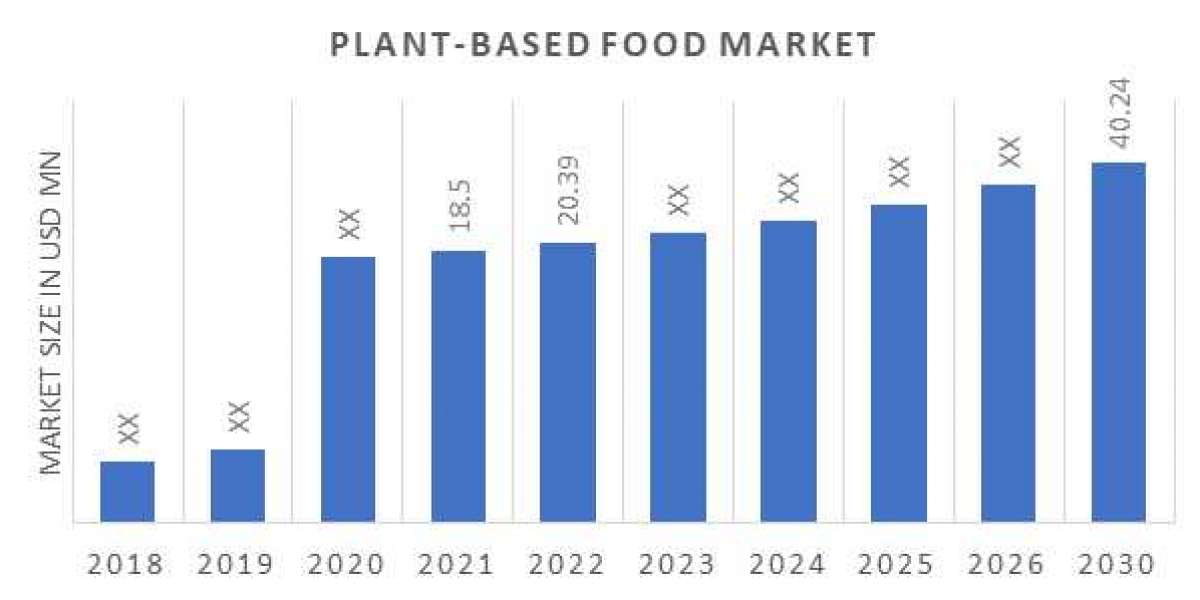In recent years, the global landscape of material science has witnessed a remarkable transformation with the emergence of antimicrobial plastics. As concerns over hygiene and infection control continue to grow, these advanced materials have captured the spotlight by offering a unique blend of functional and protective qualities. The antimicrobial plastic market has rapidly gained traction, proving itself as a pivotal player in the quest for safer and more hygienic environments.
Understanding Antimicrobial Plastics: A Technological Breakthrough
Antimicrobial plastics are engineered materials infused with additives or coatings that possess the ability to inhibit the growth and proliferation of microorganisms, including bacteria, viruses, and fungi. This innovative technology stems from the necessity to address growing concerns about healthcare-associated infections, foodborne illnesses, and the transmission of pathogens in various settings. By integrating antimicrobial agents into plastic formulations, manufacturers have created a range of products capable of actively combating harmful microorganisms.
Market Drivers: A Fusion of Health and Functionality
The rapid adoption of antimicrobial plastics can be attributed to several driving factors that align with contemporary health, safety, and sustainability demands:
Healthcare Sector Evolution: Hospitals and healthcare facilities are prime environments where infection control is of utmost importance. Antimicrobial plastics find extensive use in medical equipment, hospital furnishings, and even medical devices, contributing significantly to reducing the risk of infections among patients and healthcare professionals.
Consumer Awareness: As global awareness regarding hygiene and health continues to rise, consumers are increasingly seeking products that offer added protection against germs. From household items like cutting boards and food storage containers to electronic devices and appliances, antimicrobial plastics are becoming an integral part of everyday life.
Food Safety: The food industry faces constant challenges in maintaining food safety and preventing contamination. Antimicrobial plastics are employed in food packaging, food processing equipment, and even kitchenware to extend shelf life and ensure the integrity of consumables.
Industrial Applications: The industrial sector benefits from antimicrobial plastics in applications such as water treatment, HVAC systems, and manufacturing environments where controlling microbial growth is crucial for both worker safety and product quality.
Environmental Concerns: Many antimicrobial plastics are designed with biodegradable or recyclable materials, aligning with the increasing emphasis on sustainable practices. This eco-conscious approach appeals to consumers and businesses looking to reduce their environmental footprint.
Market Challenges and Regulation
While the antimicrobial plastic market presents a promising future, it also faces certain challenges that demand careful consideration. Ensuring the safety and efficacy of antimicrobial additives is paramount, as improper usage could lead to the development of antimicrobial-resistant strains of microorganisms. Furthermore, regulatory bodies are actively working to establish guidelines and standards to ensure that these materials meet health and safety requirements without causing unintended consequences.
Future Trends and Opportunities
The future of the antimicrobial plastic market holds exciting prospects, with several key trends and opportunities emerging:
Innovation in Material Science: Ongoing research and development efforts aim to enhance the efficacy and longevity of antimicrobial properties in plastics. This includes exploring new types of antimicrobial agents and optimizing their integration into plastic matrices.
Customization and Personalization: Antimicrobial plastics can be tailored to specific needs, allowing manufacturers to create products that cater to unique applications across diverse industries.














